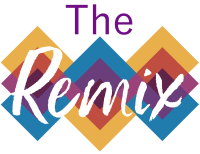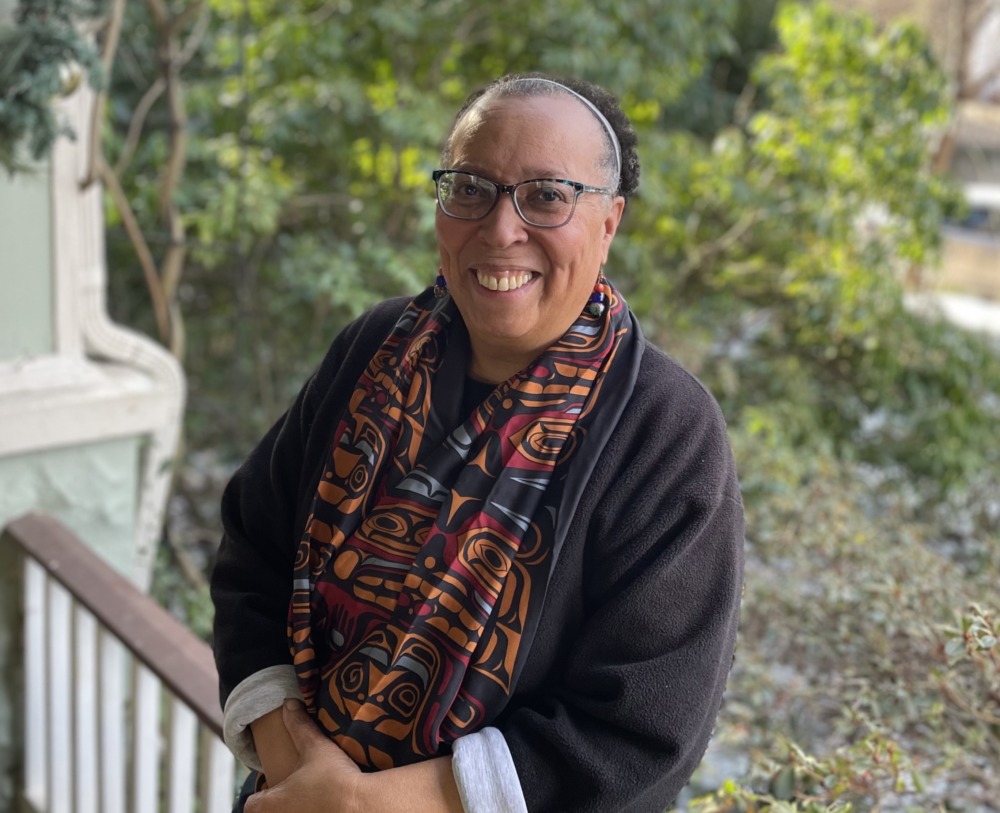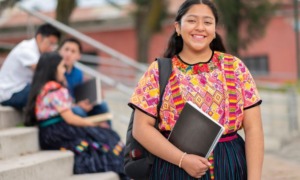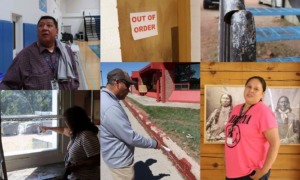Brian Rinker’s recent story on the huge unmet demand for afterschool programs among Native American families was sobering, but not surprising. Native American families, despite their incredible strengths, sit at the unfortunate intersection of three systemic predictors of limited opportunities and poor outcomes: race, socioeconomic status and geography. All of these factors contribute to the fact that 45% of Native American families whose children were not in an afterschool program said they would have enrolled them if one had been available.
Brian’s story, which focuses on South Dakota, highlights what I often refer to as the four A’s conundrum: Availability. Accessibility. Affordability. Appropriateness.
 Some South Dakota schools, especially those where half or more of the students are Native American, have no afterschool programming. There is only one afterschool program available in Oglala Lakota County, one of the poorest counties in the state that has over 3,000 elementary and middle-school-age kids.
Some South Dakota schools, especially those where half or more of the students are Native American, have no afterschool programming. There is only one afterschool program available in Oglala Lakota County, one of the poorest counties in the state that has over 3,000 elementary and middle-school-age kids.
Given the distances in South Dakota, access is a challenge when attending afterschool programming means missing the school bus. High poverty and unemployment rates combined with the lack of accessible and affordable transportation pushes the cost of programs out of reach for parents already struggling to afford the program fees. And, if South Dakota is like other states, the Afterschool Alliance reports that four in 10 programs lack appropriate cultural programming.
Rinker doesn’t leave us hanging. He shares examples of one program in South Dakota and others across the country that have tackled these challenges, starting with finding ways to tap into public funding available through competitive 21st Century grants and the American Rescue Plan funding bottlenecked in school budgets.
He ends the article, however, pointing out a fifth “A” — attracting staff. Hourly pay has been bumped up, but driving an hour or more five days a week for a part-time job with no benefits is a non-starter for many. It will be difficult to overcome the other barriers without a strong workforce pipeline.
Last month, President Biden signed an executive order containing directives to improve the childcare provided to federal workers and military families, lower costs for families participating in the Child Care and Development Block Grant program and increase the pay and benefits for staff in Head Start programs. These measures are not enough, but they signal his willingness to fight for more money for the “care economy” built into his 2024 budget plan.
All of us know that afterschool and youth development programs are more than childcare. But caring, relationship-building, is at the core of what they do. Relationship-building is impossible without a stable base of trained staff and volunteers who understand the relevance of what they do daily to the lives of the children they work with, who have the resources needed to do their jobs and support their own families and who get the recognition and respect they deserve. And all of these goals are easier to achieve when staff and volunteers are being recruited to support families they know in the communities they live in by organizations they trust.
Given the historic lack of trust between Native Americans and schools, I was curious to learn more about the Cheyenne River Youth Project, the one program in South Dakota Rinker found that met all of the criteria. Cheyenne River Youth Project is a community development program “dedicated to giving our Lakota youth and families access to culturally relevant, enriching and enduring opportunities we need to build stronger, healthier communities and a more vibrant future together.” It was founded in 1988 by volunteers who took over a defunct bar to create a safe place for children to come after school. It was immediately filled to capacity. Its founder, Julie Garreau, is still at the helm.
A decade later, the youth project built a new youth center that has a rec room, library, family room, commercial-grade, kitchen, office space and residential quarters for long-term volunteers. In 2006 it opened a dedicated facility for teens with a full-size gym, computer lab, dance and art studios, a library and, again, private lodging for long-term volunteers. The 25,000-square-foot facility also houses a cafe and gift shop, a family services program and an Arts Institute. And, as Rinker reports, it not only offers all youth services at no cost, it has a teen internship program that pays teens to build life skills and embrace Lakota values and be fully prepared to “sustain themselves and their families.”
The Cheyenne River Youth Project success story is full of important lessons.
It started an afterschool program as a down payment on a long-term commitment to giving Lakota children, youth and families the opportunities they need to strengthen their community.
It based the program in the community, not in the school, and invited the community to build it with them. It has over 360 family memberships from across the reservation.
It made visible shifts in the look, feel, purpose and location of its programming to attract and support teens, a challenge that many traditional programs facing the “teen cliff” struggle with.
It steadily grew its volunteer base. According to their 2019 990 form, CRYP had 37 staff and 209 volunteers in 2018, up from 28 and 148 in 2016. CRYP confirmed via email that they have been able to buck the trend in declining volunteer base that was exacerbated by the pandemic. Their staff and volunteer numbers held steady. The expected decline in long-term individual volunteers during the pandemic was made up for. by increases in community volunteers and volunteers from larger service groups.
And Heather Steinberger, CRYP’s public relations manager, confirmed that their ability to weather the storm was directly related to the efforts they take to implement practices other nonprofits report finding more effective: relying on word-of-mouth referrals, recruiting from within the community they serve, providing efficient onboarding that meets volunteers where they are and offering ample recognition and support (including food and housing).
“Relationships lie at the heart of everything we do here, and our volunteer program is no different. It is the strength of those relationships that carried us through the difficult pandemic years, because we could openly communicate with our volunteers, listen and respond to their concerns and work with them to come up with ways for them to feel comfortable and safe coming to our campus.”
The lesson in short, is that when, for the sake of expediency, we tie afterschool enrichment to the school building, school services (e.g., transportation), or school resources (e.g., American Rescue Plan funding) we can sometimes curtail our ability to not only authentically respond to the community’s needs but to respect and leverage a community’s most important asset — its people.
***
Karen Pittman is a partner at KP Catalysts and the founder and former CEO of the Forum for Youth Investment.
































